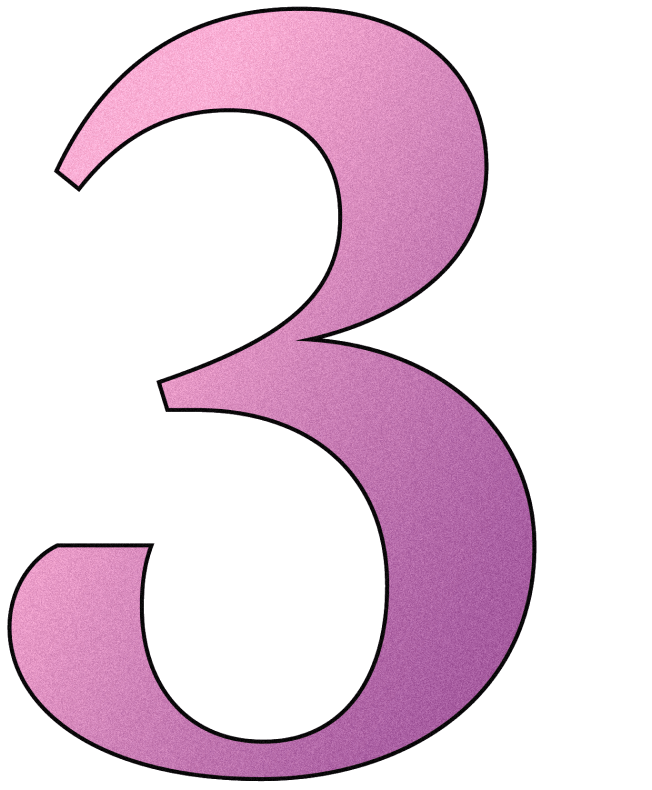Overview
Rather than making one-size-fits-all assumptions, we research our learners to understand what they already know, the challenges they’re facing, and how they learn best. Once we truly understand what will resonate, we can determine the right content, format, and frequency to deliver a thoughtful learning experience built on user-centered design principles.
Takeaways
Meeting people where they are starts with research and empathy. We build better learning programs by going into the field and interviewing and observing our learner audiences. We can’t design for an audience we don’t know.
Learners need to know what’s in it for them. It’s important to uncover and acknowledge an immediate and relevant challenge that the learning program is designed to solve.
Learners build upon previous experiences and knowledge. Therefore, learning programs should be designed to be challenging enough to keep learners engaged without being so difficult that it creates frustration.
People often assume that learning should always be fun or exciting—that’s far from the truth. The tone of the learning should match the learners’ expectations. These expectations are usually built on the seriousness of the subject matter and the personality of the brand that is delivering the learning.
It’s important to select the right tool for the learners’ needs. L&D teams should seek to expand their design capabilities to create learning programs that resonate with the audience’s needs rather than sticking with tools out of convenience or comfort.
Learning should be inclusive for all. Everyone comes from a different background and has different life circumstances. Whenever possible, learning solutions should be designed to fully support the needs of all people.
Further reading
-
Understand Your Learners Better: How to Conduct a Learning Environment Analysis
From the Maestro library
-
Malcolm Knowles's Five Assumptions of Learners and Why They Matter
From the Maestro library
-
The Zone of Proximal Development and Scaffolding
Simply Psychology
-
What Are the Four Dimensions of Tone of Voice?
From the Maestro library
-
An Up-to-Date List of Accessible Components in Rise
From the Maestro library
